Benefits of Apples
Author: Ola Thomas | Category: Food Facts, Uncategorized
 Delicious, crunchy, juicy, and sweet are all adjectives used to describe apples. They travel well, making them a popular lunchbox food and snack. Apples are extremely versatile. Although they are often thought of as distinctly American, they actually originated in Mesopotamia. Around 2,500 apple varieties are grown in the U.S., and 7,500 grown worldwide…
Delicious, crunchy, juicy, and sweet are all adjectives used to describe apples. They travel well, making them a popular lunchbox food and snack. Apples are extremely versatile. Although they are often thought of as distinctly American, they actually originated in Mesopotamia. Around 2,500 apple varieties are grown in the U.S., and 7,500 grown worldwide…
12 May 2015

 Cultivated by the Aztecs 8,000 years ago and still a native crop in Peru, the ancient history of amaranth can be traced to Mexico and the Yucatan Peninsula. Today, it’s grown in Africa, India, China, Russia, throughout South America, and emerging once again in North America.
Cultivated by the Aztecs 8,000 years ago and still a native crop in Peru, the ancient history of amaranth can be traced to Mexico and the Yucatan Peninsula. Today, it’s grown in Africa, India, China, Russia, throughout South America, and emerging once again in North America.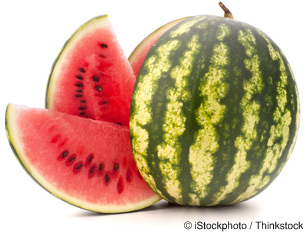 Watermelons have reputed roots in Africa, with the first recorded harvest in Egypt somewhere around 5,000 years ago. From there, they were sprouted throughout Asia and Europe. Colonists brought seeds with them to the New World, where around four billion pounds of watermelons are now produced every year. It’s easily the best-loved fruit in America.
Watermelons have reputed roots in Africa, with the first recorded harvest in Egypt somewhere around 5,000 years ago. From there, they were sprouted throughout Asia and Europe. Colonists brought seeds with them to the New World, where around four billion pounds of watermelons are now produced every year. It’s easily the best-loved fruit in America.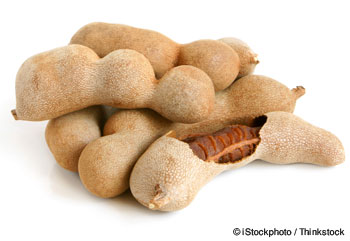 Deliciously tangy and one of the most highly prized natural foods in South Asia, the tamarind – the melodic name of which comes from the Persian “tamar-I-hind,” meaning “date of India” – is gaining recognition and appreciation throughout the world. Said to be native to Africa,
Deliciously tangy and one of the most highly prized natural foods in South Asia, the tamarind – the melodic name of which comes from the Persian “tamar-I-hind,” meaning “date of India” – is gaining recognition and appreciation throughout the world. Said to be native to Africa,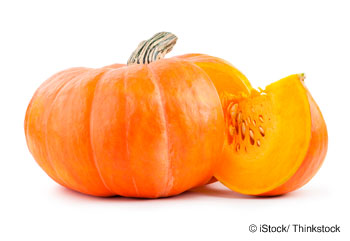 With names like buttercup, banana, turban, Hubbard, along with various crook-necked and green and white striped varieties, squash is technically a fruit, belonging to the pumpkin family.
With names like buttercup, banana, turban, Hubbard, along with various crook-necked and green and white striped varieties, squash is technically a fruit, belonging to the pumpkin family.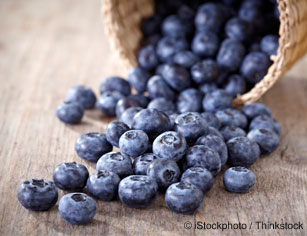 Blueberries are distinctive in so many ways. Not only are they the only blue food, but there are also more blueberry species native to North America – the main ones being highbush, lowbush, and rabbiteye – than any other continent.
Blueberries are distinctive in so many ways. Not only are they the only blue food, but there are also more blueberry species native to North America – the main ones being highbush, lowbush, and rabbiteye – than any other continent.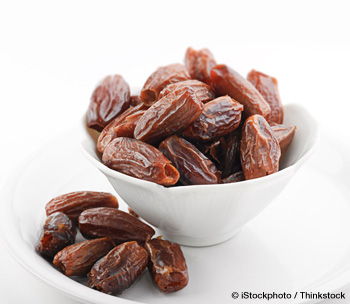 While dates don’t appear to be particularly special with their oddly wrinkled, brown exterior, they’re satisfyingly chewy and flavorful. Undoubtedly a favorite since the Garden of Eden, dates are considered a drupe because they contain a single pit or stone at the center.
While dates don’t appear to be particularly special with their oddly wrinkled, brown exterior, they’re satisfyingly chewy and flavorful. Undoubtedly a favorite since the Garden of Eden, dates are considered a drupe because they contain a single pit or stone at the center.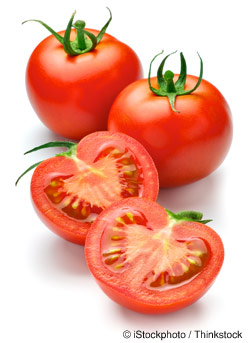 There are hundreds of them – varieties of tomato, that is – tiny types like grape, plum, and cherry for snacking pleasure, firm, petite Romas, good for cooked foods, and hefty beefsteak, ideal for BLTs and burgers.
There are hundreds of them – varieties of tomato, that is – tiny types like grape, plum, and cherry for snacking pleasure, firm, petite Romas, good for cooked foods, and hefty beefsteak, ideal for BLTs and burgers.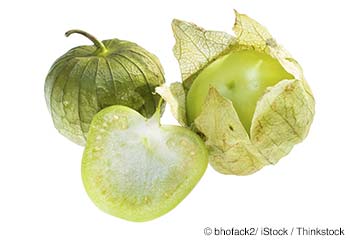 It’s ironic that even though the Aztecs probably used them as one of their staple crops, it may have been Spanish conquistadors who introduced tomatillos (which translates to “little tomatoes” in Spanish) to the New World, after first carrying them back to Spain.
It’s ironic that even though the Aztecs probably used them as one of their staple crops, it may have been Spanish conquistadors who introduced tomatillos (which translates to “little tomatoes” in Spanish) to the New World, after first carrying them back to Spain.